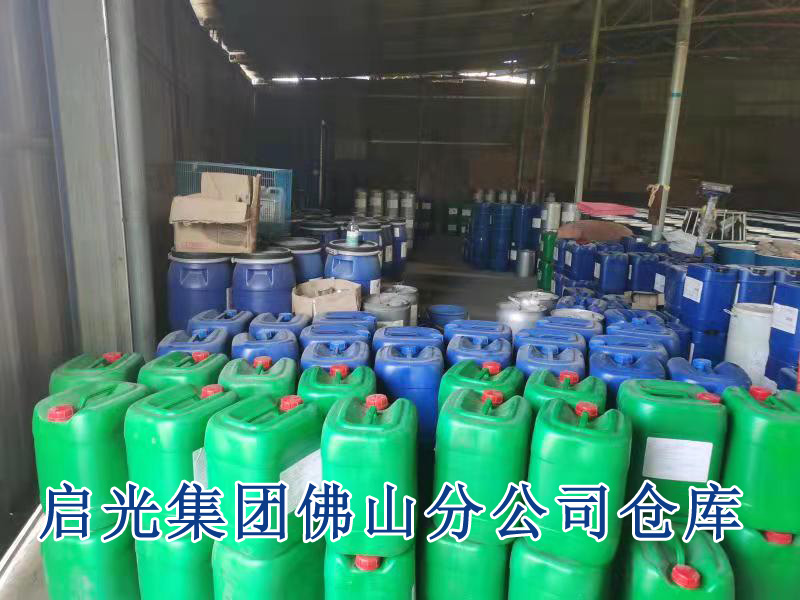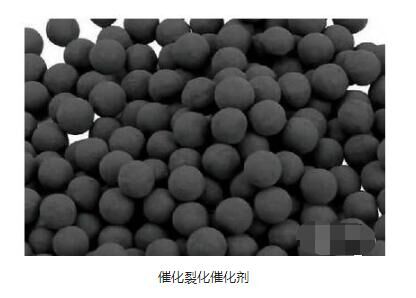
1 Selection of resin

Resins, especially grinding resins, play a key role in preparing color pastes.
1) Participate in the dispersion and anchoring of pigments
2) Participate in maintaining the stability of dispersed and isolated pigment particles
Everyone can see the above-mentioned effects of resins through some experiments, such as long-oil alkyd resin, polyamide resin, amino resin, aldehyde-ketone resin, and low molecular weight hydroxyl acrylic resin, all of which are good for pigments. The wetting ability of low hydroxyl value acrylic resin, thermoplastic acrylic resin, high relative molecular weight polyester resin, high relative molecular mass saturated polyester resin, vinyl copolymer resin, polyolefin resin, etc. all show poor resistance to pigments. Wettability. The same pigment can produce different hues in different resin systems. Almost all carbon blacks, organic pigments and transparent iron oxides change their hues with different resin systems, especially the scattering hue. Therefore, choosing the appropriate dispersant is not only used to disperse and stabilize the pigment, but also to adjust the pigment to ultimately achieve the correct color we need, such as blackness, transparency, shading at 45°, etc. Therefore, the combination of dispersant and resin includes:

-Compatibility (sample testing, check compatibility after removing solvent)
-The viscosity reduction behavior of the dispersant in the resin system to determine the pigment (rotational viscometer test)
-The color development behavior of the dispersant in the resin system to determine the pigment (scratching color comparison)
-Storage stability (flow plate method)
When the resin system changes, the above performance of the dispersant will change accordingly. Such changes require application testing to determine.
Generally, it is not easy to summarize a simple application principle. For the resin system plus the pigment factor, the choice of dispersant becomes too many parameters. Therefore, the properties of pigments and fillers must be considered at the same time.
2 Selection of pigment fillers
● Carbon black and organic pigments
As mentioned above, there are many categories and varieties of industrial pigments. The pigment industry divides them into organic pigments and inorganic pigments. The coatings industry often considers transparent iron oxide and carbon black as difficult-to-disperse pigments together with organic pigments.
Based on the results of the author’s research, we have further distinguished the difficult-to-disperse pigments.
The principle of differentiation is to look at the strength of its hydrogen bonds.
In experiments, we clearly saw such scattered results:
In a fixed resin system, if a dispersant can perform well on carbon black, it can often stabilize phthalocyanine pigments at the same time, and it will inevitably show weak performance on other organic pigments such as DPP red. dispersion performance.
On the other hand, if a dispersant can disperse and stabilize DPP red, organic violet and other pigments well, it is usually used to disperse carbon black to obtain an undesirable brownish-red phase, and its viscosity-reducing ability for phthalocyanine pigments is insufficient. .
This phenomenon occurs in almost all dispersion resins and applies to all dispersants. There are very few dispersants that can exhibit extremely good performance on both of the above two categories of difficult-to-disperse pigments. Invariably one category is good and the other category is slightly worse.
I think this comes from the number and strength of the hydrogen bonding structure of the pigment itself.
For pigments such as carbon black and phthalocyanine blue, the most important interaction force between the pigments is not dominated by hydrogen bonds, but other forces, such as the coupling between carbon black layered molecules, the phthalocyanine structure of evenIt is amphoteric. It seems to be easy to disperse when the pigment concentration is low. The viscosity of the color paste is very low, but the transparency is indeed not easy to achieve the best. Once the critical pigment concentration is slightly exceeded, the color paste immediately thickens to the point that it cannot be stirred, resulting in The sander loses efficiency.
The transparency of iron oxide, somewhat like the blackness of carbon black, seems to always continue to improve its transparency. Our experimental results show that a sample that we already think has good transparency may still have heavy haze when viewed at 45°;
So, which one is best? This question is another elusive doubt.
Each additive company is also giving its own plans. This can be seen from the public recommendation information.
Coupled with the selectivity caused by different resin systems, there is more than one recommended solution.
For example, there are methods using phosphate esters; there are methods using polymer dispersants combined with acidic terminal wetting agents; there are also individually designed polymer dispersants, etc. They show adaptability to the same transparent iron oxide pigment in different systems.
● Matting powder
Matting powder itself is actually not difficult to disperse. It is pre-micronized during production. Some have surface wax treatment, some do not, and have polar hydroxyl groups. However, the dispersion problem of matting powder comes from application requirements.
Some require matte coatings to be adaptable to multiple construction methods with one formula, such as spraying with a consistent gloss;
Some require that the extinction uniformity is not affected in high temperature and high humidity environments;
Some require the matting powder to have minimal settlement under low viscosity conditions;
Some require the highest level of transparency;
Some require excellent friction resistance and introduce hard quartz powder, so it needs to be dispersed together, etc.
This resulted in a consequent change in the dispersant. From traditional wetting and dispersing agents, to special polymer PU dispersing agents, to phosphate esters, to amine salts of phosphate esters, to other special polymers, they are all used to disperse matting powder. So which one is best? As mentioned before, it depends on what you ask for. One dispersant cannot be expected to address all of the above requirements at the same time.
In principle, wetting agents can improve the flow ability of the final system; high molecular weight dispersants can prevent settling and control the movement of matting powder in the wet film, making it easier to orient and obtain uniform matting.
● Metallic glitter pigments such as aluminum powder and pearlescent powder
A common solution is a wetting agent.
They can also be dispersed with polymeric dispersants that are compatible with the resin. Control their luck at the same time
Move. These all have examples of successful recipes.
● Nanoscale titanium dioxide and other nanodispersions
In this case, if the polymer PU is compatible, the best stabilizing effect can be obtained.
Otherwise, an acrylic dispersant will be required.
● Determine a primary dispersant
Generally, in a determined resin and solvent system, AFCONA recommends using this method to screen a suitable primary dispersant:
First, disperse four pigments: high-pigment carbon black, titanium white, DPP red, and ordinary iron oxide red.
Evaluate whether the dispersant has any difficulties in the preparation of these four conventional color masterbatches, such as whether the viscosity reducing behavior is sufficient.
Assess color intensity
Assess storage stability (flow plate and thermal storage).
If a dispersant can show good dispersion of the above four pigments in this specific system
ability, then it can basically meet the requirements of various other pigments. can be selected as the primary dispersant for this system. Of course, exceptions may still be made for special pigments such as ferrite.
This method can also be used to evaluate the combined performance of two different dispersants to find the type of pigment that is suitable for it to handle.